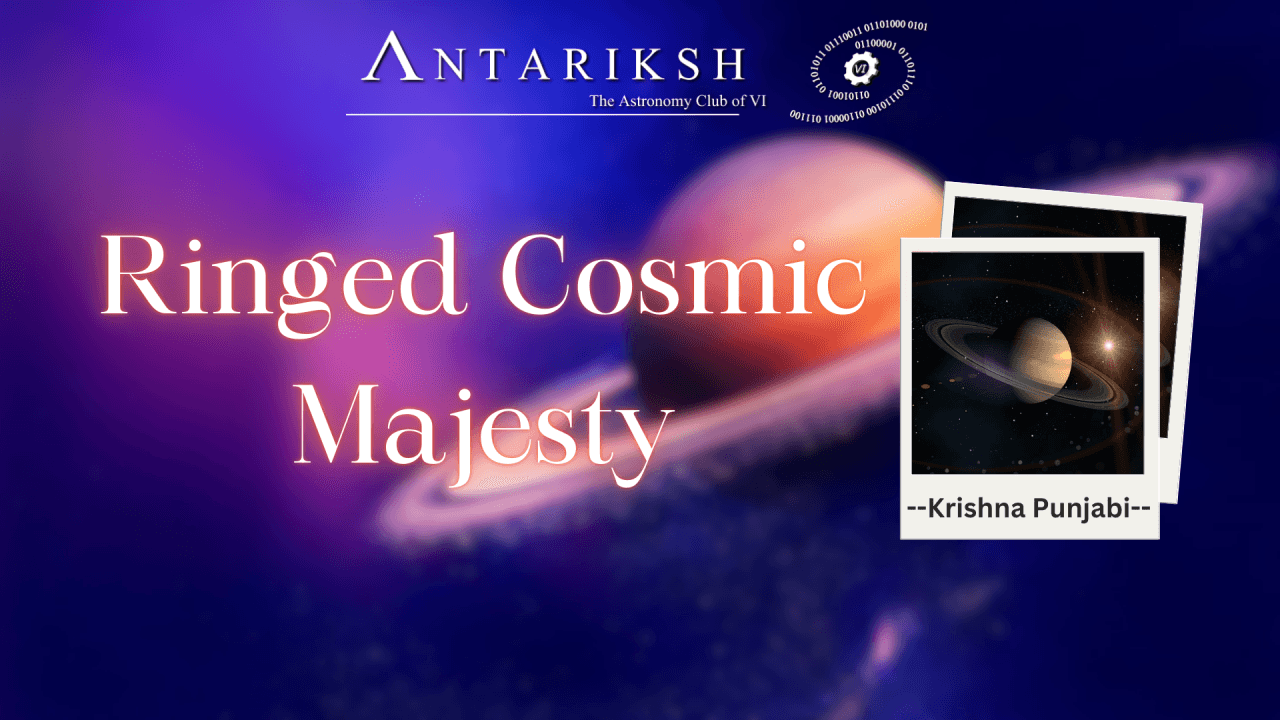
Image Archives
| Published on 03 Feb 2024

Theories of Habitable Exoplanets
On February 3, 2024, Antariksh VI held an internal talk at VIT Pune on "Theories of Habitable Exoplanets," led by Kaushik Salunke. The session explored exoplanet types, detection methods like transit photometry and Doppler spectroscopy, and key examples, such as TRAPPIST-1e and Kepler-452b. Criteria for habitability—like the presence of water, stable atmospheres, and magnetic fields—were discussed, alongside challenges in analyzing distant atmospheres and technological constraints. The talk concluded with a focus on future missions seeking biosignatures and the need for advanced technologies. Participants appreciated the session, suggesting more research-focused insights into this exciting field.
| Published on 01 Feb 2024

History and Working of Optical Telescopes
On January 13, 2024, the Antariksh Astronomy Club of VIT Pune hosted a talk on the "History and Working of Optical Telescopes," presented by Bhavya Shah. Covering telescope types—refractive, reflective, and catadioptric—the talk explored key models like Galilean, Keplerian, and Schmidt-Cassegrain telescopes, highlighting advantages, challenges, and optical aberrations such as chromatic and geometric distortions. Mount types, including Dobsonian and equatorial, were discussed for their tracking capabilities and suitability in astrophotography. The session provided attendees with a foundational understanding of telescope mechanics and advancements, emphasizing telescopes' pivotal role in astronomical observations.
| Published on 12 Jan 2024

3D Mapping of Our Universe: Using Stellar parallax
This article delves into the parallax method, a fundamental technique in astronomy for determining the distances to stars. It provides a historical perspective on stellar parallax measurements, starting with Friedrich Wilhelm Bessel's groundbreaking work on 61 Cygni in 1838. The article discusses various parallax measurement techniques, including ground-based optical and near-infrared observations, and advanced methods like Very Long Baseline Interferometry (VLBI) in radio astronomy. Additionally, it highlights the significant contributions of the Hipparcos and Gaia missions in creating a comprehensive 3D map of the Milky Way, enhancing our understanding of stellar distances and distributions.
| Published on 31 Dec 2023

Ringed Cosmic Majesty
Saturn's ring system, discovered by Galileo Galilei in 1610, remains a subject of fascination in astronomy. Composed of icy and rocky particles ranging from micrometers to several meters, recent data from missions like Cassini have enhanced our understanding of their composition and dynamics. This paper reviews the rings' intricate structures, dynamic behaviors, and their proposed origins, including hypotheses of moon disintegration and cometary impacts. The ongoing research emphasizes the rings' transient nature, with predictions indicating their potential disappearance within 300 million years, thus underscoring the importance of continued exploration.
| Published on 10 Dec 2023

CORONA - Sun's Silent Stalker
The solar corona, the outermost layer of the Sun’s atmosphere, remains one of the most enigmatic regions in astrophysics. Composed of superheated plasma, it displays temperatures exceeding 1 million degrees Celsius, far hotter than the Sun’s surface. Despite its high temperature, the corona appears dim due to its low density. This paper discusses the primary features of the corona—coronal holes, coronal jets, and loops—along with theories regarding its anomalous heating, including magnetic waves and nanoflares. Understanding the corona is crucial for studying solar winds and their impact on Earth’s space weather
| Published on 13 Nov 2023